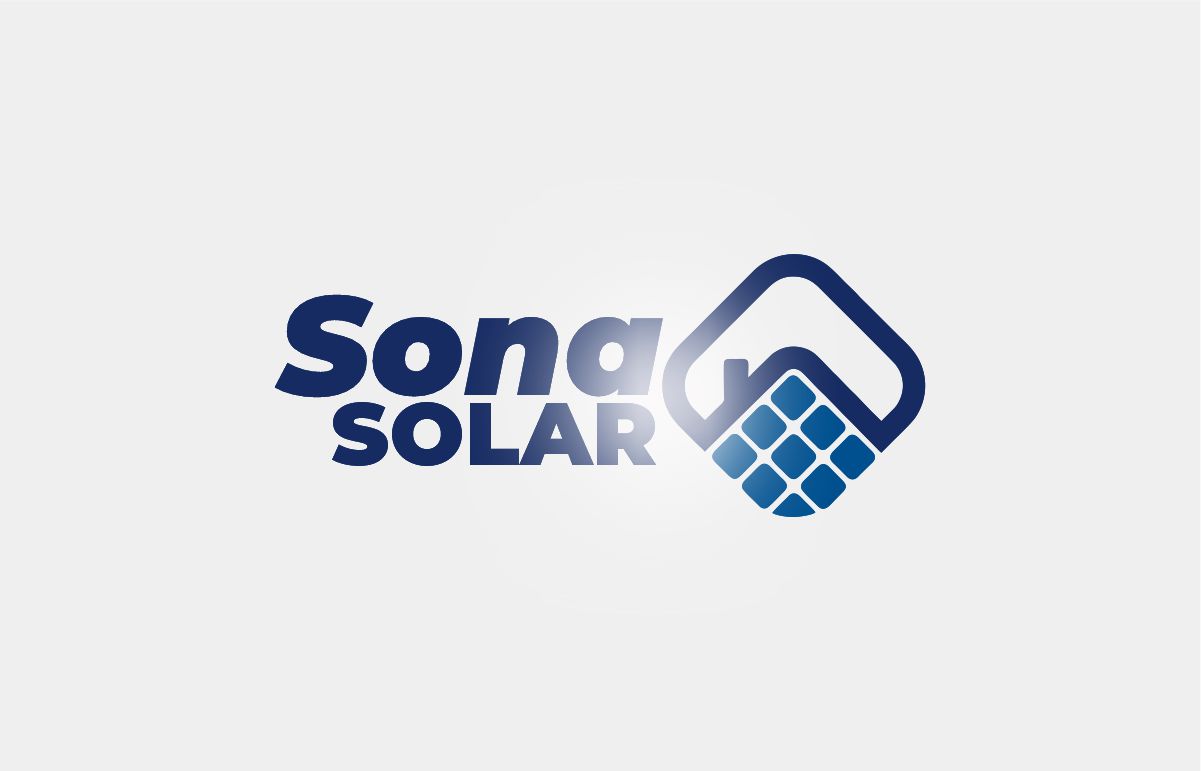Product images and specifications are for illustrative purposes only and may not reflect the exact items available. All solar products are subject to availability. Please contact us for current inventory and pricing.
Feel free Call us or WhatsApp us on +263 78 922 2847, +263 78 293 3586, +263 78 864 2437, +263 78 119 0001, +263 77 832 4532 and +263 78 623 1488.
For Borehole Drilling Services WhatsApp us on +263 77 389 8979 or +263 71 918 7878.
For many Zimbabwean households and businesses embracing the transformative power of solar energy, a reliable battery system is the heart of their energy independence.
SVolt lithium batteries, known for their efficiency and longevity, are a popular choice. However, encountering a situation where your SVolt 25.6V (often referred to as a 24V system) battery stubbornly refuses to charge beyond the 50% mark can be frustrating and disrupt your energy flow.
At Sona Solar Zimbabwe, we understand the importance of a fully functioning solar system. Our team of experts fields numerous inquiries from users seeking to maximize their solar investment. Today, we delve into the common culprits behind this 50% charging limitation in SVolt batteries, providing you with a comprehensive guide to troubleshoot and restore your system to its full potential.
At Sona Solar Zimbabwe, we understand the importance of a fully functioning solar system. Our team of experts fields numerous inquiries from users seeking to maximize their solar investment. Today, we delve into the common culprits behind this 50% charging limitation in SVolt batteries, providing you with a comprehensive guide to troubleshoot and restore your system to its full potential.
 |
| Why Your SVolt Battery Isn't Reaching 100% – Expert Troubleshooting for Zimbabwean Solar Users |
This isn't just a technical issue; it's about ensuring you harness the complete energy freedom that solar power offers.
The Heart of the Matter: Understanding Your SVolt Lithium Battery
Lithium-ion batteries, like your SVolt 25.6V unit, operate with sophisticated charging and discharging cycles managed by Battery Management Systems (BMS). These systems are designed to protect the battery, optimize performance, and prolong its lifespan. When a battery consistently stops charging at 50%, it often indicates a miscommunication or a setting issue within the charging ecosystem, rather than a fundamental flaw with the battery itself (though that remains a possibility).The Prime Suspects: Investigating the Charging Chain
To effectively diagnose why your SVolt battery isn't reaching its full charge, we need to meticulously examine each component involved in the charging process:The Crucial Configuration: Bulk and Float Charge Voltage Settings
As the initial advice you received correctly points out, the Bulk Charge Voltage and the Floating Charge Voltage are paramount for proper lithium battery charging. These parameters, typically configured within your inverter or a separate solar charge controller, dictate how the battery is charged and maintained.- Bulk Charge Voltage (28 Volts for SVolt 25.6V): This is the higher voltage applied to the battery to rapidly bring it up to its near-full capacity. If this setting is incorrect, particularly if it's set too low, the charging process might terminate prematurely, leaving your battery at a partial state of charge like 50%.
- Floating Charge Voltage (27.2 Volts for SVolt 25.6V): Once the battery reaches its bulk voltage target, the system transitions to the float voltage. This lower voltage compensates for self-discharge and keeps the battery topped up without overcharging it. An incorrectly set float voltage is less likely to cause a 50% charging limit but can impact long-term battery health if too high or too low.
Expert Insight: "Think of the bulk charge as filling a bucket with a strong stream of water until it's almost full," explains Engineer Tendai Mauto, a lead solar system designer at Sona Solar Zimbabwe. "The float charge is then like a gentle trickle to keep the water level consistent. If the 'strong stream' stops too early (low bulk voltage), the bucket will never be full."
Actionable Steps:
- Locate your Inverter/Charge Controller Settings: Consult your device's manual to understand how to access the advanced settings menu. This often involves pressing a combination of buttons or navigating through an on-screen display.
- Verify Voltage Parameters: Carefully check the configured Bulk Charge Voltage, Floating Charge Voltage, and while you're there, also note the Discharge Cutoff Voltage (23.2 Volts for SVolt 25.6V). Ensure these values precisely match the specifications provided for your SVolt 25.6V lithium battery.
- Adjust if Necessary: If any of these parameters are incorrectly set, carefully adjust them to the recommended values. Be cautious and ensure you understand the settings before making changes. Incorrect voltage settings can damage your battery.
The Power Source: Insufficient Voltage from Your Solar Panels
Your solar panels are the energy harvesters of your system. If they are not supplying adequate voltage to the charge controller or inverter, the battery will struggle to reach a full charge.- Understanding Panel Output: Solar panels have specific voltage ratings, including the Voltage at Maximum Power (Vmp) and the Open Circuit Voltage (Voc). The Vmp is the voltage the panel produces under optimal load, which is crucial for charging your battery.
- Factors Affecting Panel Voltage: Several factors can influence the actual voltage output of your solar panels:Sunlight Intensity: Lower sunlight intensity, especially during early mornings, late afternoons, or cloudy days, will result in reduced voltage output.
- Panel Temperature: High temperatures can slightly decrease the voltage output of solar panels.
- Shading: Even partial shading on a solar panel can drastically reduce its output.
- Wiring Issues: Undersized wires, loose connections, corrosion, or long cable runs can cause voltage drops between the panels and the charge controller/inverter.
- Panel Degradation: Over many years, solar panels can experience a gradual decrease in performance.
Expert Insight: "Imagine trying to fill a tank with a hose that has kinks or a weak water pressure," explains Enock Zulu, a seasoned solar installer at Sona Solar Zimbabwe. "Your solar panels are the hose, and the sunlight is the water pressure. Any obstruction or weakness will hinder the flow of energy to your battery."
Actionable Steps:
- Measure Panel Voltage: Using a multimeter, measure the DC voltage at the terminals where your solar panels connect to your charge controller or inverter. Do this during peak sunlight hours (around midday) for the most accurate reading.
- Compare with Specifications: Compare your measured voltage with the Vmp rating of your solar panels (found on the panel's datasheet). The measured voltage under load should be close to the Vmp. If it's significantly lower, it indicates a potential issue.
- Inspect Panels and Wiring: Visually inspect your solar panels for any shading, dirt accumulation, or physical damage. Check all wiring connections for tightness and any signs of corrosion. Ensure the wire gauge is appropriate for the distance and current.
- Consider Series vs. Parallel Connections: If you have multiple solar panels, understand how they are connected (in series or parallel). Incorrect wiring configurations can lead to voltage mismatches. For charging a 24V (or 25.6V) battery, your panels typically need to be configured to produce a voltage significantly higher than the battery's nominal voltage to allow for efficient charging.
The Grid Connection: Inverter Settings and ZESA Influence
If your solar system is hybrid, meaning it's connected to both solar panels and the ZESA (national grid) electricity supply, the inverter plays a crucial role in managing the power flow and charging sources. Incorrect inverter settings related to grid interaction can limit battery charging.- Charging Priority: Many hybrid inverters allow you to set the priority for charging the battery – whether it should primarily charge from solar, grid, or a combination of both. If the priority is set to favor grid charging, and the grid is frequently available, the inverter might not fully utilize solar power to charge the battery.
- Maximum Charge Current Limits: Inverter settings might include limitations on the maximum current drawn from the solar panels or the grid for charging the battery. If this limit is set too low, it can extend the charging time and potentially prevent the battery from reaching 100% within a reasonable timeframe, especially if there are significant loads on the system.
- Battery Charging Parameters (Redundancy Check): Even if you've checked the charge controller settings (if it's a separate unit), it's essential to also verify the battery charging parameters within the inverter's settings. Some inverters have their own independent settings that can override or conflict with external charge controller configurations.
- Recent ZESA Issues or Inverter Resets: As the initial advice suggests, recent power outages or any resets of your inverter might have inadvertently altered the charging settings. It's worth re-checking these parameters after any such events.
Expert Insight: "A hybrid inverter is like a traffic controller for your power sources," explains Agnes Mutasa, a solar system integration specialist at Sona Solar Zimbabwe. "You need to ensure it's directing the flow of energy from your solar panels to your battery efficiently and not prioritizing the grid in a way that hinders full charging."
Actionable Steps:
- Access Inverter Settings: Consult your inverter's manual to navigate to the battery charging and grid interaction settings.
- Review Charging Priority: Ensure the charging priority is set to maximize solar charging, especially if your goal is energy independence.
- Check Charge Current Limits: Verify that the maximum charge current settings for both solar and grid (if applicable) are appropriate for your SVolt battery's specifications and your desired charging speed.
- Confirm Battery Voltage Parameters: Double-check the Bulk Charge Voltage (28V) and Floating Charge Voltage (27.2V) within the inverter's battery settings.
- Monitor Charging Behavior: Observe how the battery charges under different conditions (ample sunlight, grid availability) to see if there's a pattern related to the power source.
Beyond the Usual Suspects: Other Potential Factors
While the above three areas are the most common causes of a battery not charging to 100%, here are a few other possibilities to consider:- Battery Management System (BMS) Limitations: In rare cases, the internal BMS of the SVolt battery might be imposing a charging limit for safety or other internal reasons. If you suspect this, contacting the battery manufacturer or supplier for diagnostics might be necessary.
- Excessive Loads During Charging: If you have significant power consumption while the battery is trying to charge, the incoming energy from the panels might be immediately used by the loads, preventing the battery from reaching its full capacity quickly or at all. Try minimizing power usage during peak charging hours.
- Temperature Extremes: Lithium batteries have optimal operating temperature ranges. Extremely high or low temperatures can affect their charging efficiency and might cause the BMS to limit charging. Ensure your battery is installed in a well-ventilated area, away from direct sunlight and extreme heat.
- Wiring Issues (System-Wide): While checking panel wiring is crucial, also inspect the wiring between the battery and the inverter/charge controller. Undersized cables or loose connections here can also impede current flow and affect charging.
- Faulty Components (Less Likely): Although less common, a malfunctioning charge controller or inverter could be the root cause. If you've ruled out all other possibilities, consider having these components tested by a qualified technician.
Sona Solar Zimbabwe: Your Partner in Solar Success
Troubleshooting a solar system can sometimes feel like detective work. At Sona Solar Zimbabwe, our team of experienced technicians and engineers is dedicated to ensuring your solar investment performs optimally. If you've diligently followed the troubleshooting steps outlined above and are still facing issues with your SVolt battery not charging to its full potential, we are here to help.Our Commitment to You:
- Expert Diagnostics: Our skilled technicians can perform comprehensive system checks to identify the root cause of your charging problem.
- Professional Adjustments: We can accurately configure your inverter and charge controller settings to match your SVolt battery's specifications.
- System Optimization: We can assess your entire solar system to ensure all components are working harmoniously for maximum efficiency.
- Reliable Support: We provide ongoing support and guidance to help you get the most out of your solar investment.
Why Your SVolt Battery Isn't Reaching 100% – Expert Troubleshooting for Zimbabwean Solar Users
Don't let a partially charged battery limit your energy independence. By systematically investigating the settings, power sources, and connections within your solar system, you can often identify and resolve the issue. Remember to always consult your equipment manuals and exercise caution when working with electrical systems.If you're in Zimbabwe and experiencing persistent problems with your SVolt battery or any other aspect of your solar system, don't hesitate to reach out to the experts at Sona Solar Zimbabwe. We are committed to empowering Zimbabwean homes and businesses with reliable and efficient solar energy solutions.
Let's work together to unlock the full potential of your solar power!
Sona Solar Zimbabwe - Your One-Stop Shop for Affordable, Top-Tier Solar Solutions.
Named after the Gaelic term (Old Irish Word) Sonas - for Good Fortune (Prosperity and Happiness) - Sona Solar Zimbabwe is committed to bringing Prosperity and Happiness to its customers through Solar Solutions in Zimbabwe. We deliver turn-key energy efficient solutions to meet client energy and budgetary needs and reduce environmental impact.Sona Solar Zimbabwe Is Customer Centric. We offer a Comprehensive One-Stop-Shop experience and Bridge The Huge Gap Between Getting The Best, Quality Products and Getting it at an Affordable Price.
Feel free Call us or WhatsApp us on on +263 78 922 2847, +263 78 293 3586, +263 78 864 2437, +263 78 119 0001, +263 77 832 4532 and +263 78 623 1488.
For Borehole Drilling Services WhatsApp us on +263 77 389 8979 or +263 71 918 7878.

Sona Solar Zimbabwe
Sona Solar Zimbabwe7 Frank Johnson Avenue,
Avenues, Eastlea
Harare, Zimbabwe.
Call Us Today:
Solar Sales: +263 78 293 3586
Solar Sales: +263 78 922 2847
Operations: +263 78 864 2437
Sona Landline: +263 24 2797750
Email: sonasolarzw@gmail.com
Website: www.sonasolar.co.zw

Borehole Experts Zimbabwe
Borehole Experts Zimbabwe7 Frank Johnson Avenue,
Avenues, Eastlea
Harare, Zimbabwe.
Call Us Today:
Borehole Sales: +263 77 389 8979
Borehole Sales: +263 71 500 3777
Borehole Operations: +263 71 918 7878
Borehole Landline: +263 24 2797750
Email: boreholeexpertszw@gmail.com
Website: www.boreholeexperts.co.zw
Choosing The Best Solar Company in Zimbabwe:
Choosing a solar panel installation company can be time-consuming. It is easy to be overwhelmed when comparing the reputation, price, warranty, and panel options of different solar providers.Sona Solar Zimbabwe stands out as one of the most reputable companies in Zimbabwe. Sona Solar Zimbabwe offers reliable systems with a 25-year warranty, 10-year workmanship warranty, and two-year production guarantee.
Sona Solar Zimbabwe prides itself on offering original solar products and accessories. Sona Solar Zimbabwe also maintains partnerships with reputable brands around the world.

.jpg)


.jpg)

.jpg)



.jpg)





